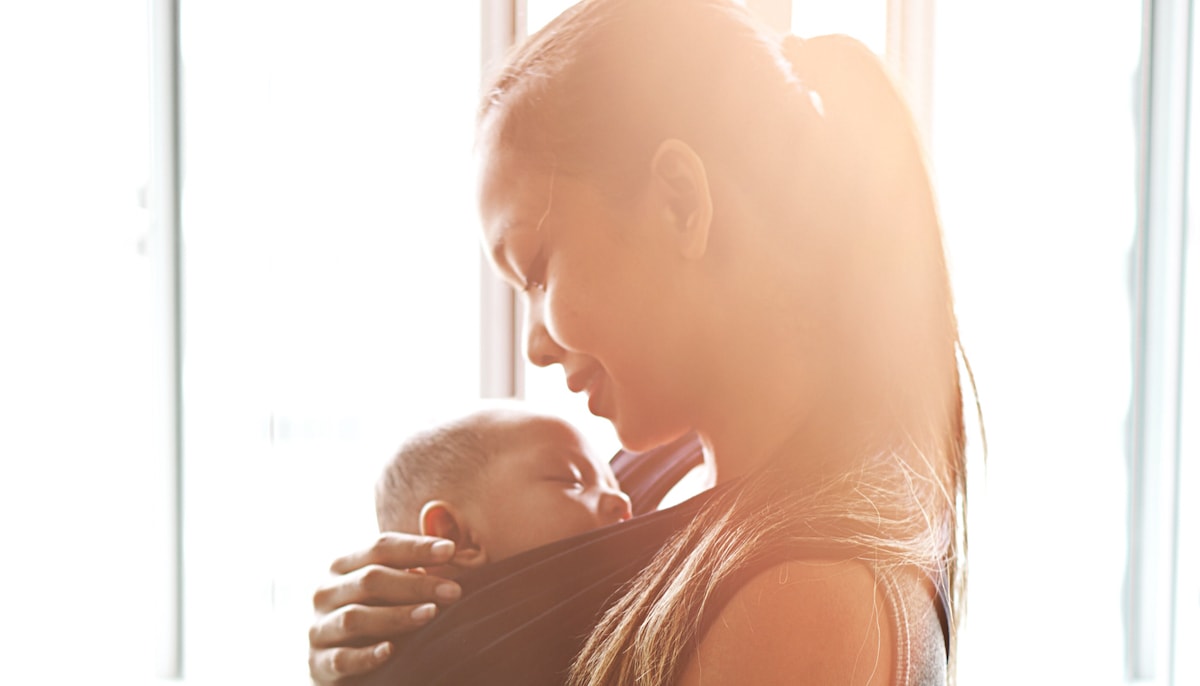Too busy chasing after children to read this whole article? Okay! Here’s the skinny on 5 supremely doable steps to bring mindfulness to parenting and to your kids.
- When the children are around, put away all devices, including your phone, smartwatch, or laptop. Doing so automatically boosts your mindful awareness with your children with no effort whatsoever.
- Read storybooks with mindfulness themes to your kids. Go to your library’s website to reserve a few books drawing from this list.
- Play children’s songs on mindfulness, especially on car rides. Songs can be found here.
- At bedtime, practice a 3-minute kindness (metta) meditation together. Use these three phrases: May ___ be happy. May ___ be healthy. May ___ be safe and cozy. Repeat this line, filling in the blanks with oneself (may I be happy), a friend (may my teacher be happy), nature (may all panda bears be happy), and all beings (may all beings be happy).
- If all children in your household are age three and above, give yourself the time to practice 5-20 minutes of meditation 3-5 times a week. If you’re a beginner, use guided meditations, such as this series or this series.
To minimize feeling overwhelmed, start by picking just one of these five steps. Once that’s integrated into your routine, add a second.
Got more time to read? Sure you do — tidying the kids’ toys can wait until tomorrow. Come, sip coffee while I explain a little about how these practices work.
Devices
Of all the distracting things in the world, there’s something about internet-connected smart devices that make them utter mindfulness-killers. And up until ten years ago, we parents didn’t have these addictive, attention-sucking screens within arm’s reach at all times.
The surprising thing is that kids know that when we’re using our devices, we’re not mentally with them! A survey of 2000 children age 5 to 12 in the UK revealed that more than half of all kids want their parents to use their phones less. If you put your phone away, you will automatically become more present with your kids, even if only out of boredom! One mindful father I know puts his cell phone on a high shelf in the kitchen closet when his kids are around. He has a print newspaper subscription because he finds his attention is qualitatively different when reading a static, paper page than when reading news on his device.
You can also practice “batching”: while the kids are away, attend to computer-related tasks and allow household tasks to accumulate into a batch. When the kids are home, perform the household batch and let the computer-related tasks accumulate into another batch for later.
Storybooks
If you’re already in the routine of reading children’s books together, it’s easy enough to incorporate some of the dozens of wonderful, new titles that explore mindfulness-based skills to children through stories. In addition, you’ll be learning mindfulness practices yourself while also getting in some valuable snuggling time. Storybooks offer a teaching voice that isn’t coming from you as a parent. There are so many fantastic books out now it’s hard to choose, but start with these:
No Ordinary Apple by Sara Marlowe
No Ordinary Apple introduces mindful eating. Your child will definitely want to try this for themselves after reading it. You could practice mindfully eating an apple together.
Moody Cow Meditates by Kerry Lee MacLean
This book is beloved by kids because many readily identify with Moody Cow’s emotions. His grandfather teaches him how to calm his mind by using a jar of water with glitter. The book also includes instructions to craft your own “Calm Down Jar” at the end.
Ahn’s Anger by Gail Silver
Taught in the tradition of Thich Nhat Hanh, a boy draws on several practices to work with his anger monster. I can’t tell you how many parents have said this book landed for both them and their kids.
Ziji: The Puppy Who Learned to Meditate by Yongey Mingyur Rinpoche
A boy teaches a hyperactive puppy how to meditate. Children really seem to resonate with this book, perhaps because many are already managing their own inner puppy.
Songs
Most adults learn meditation from a more cognitive place, so it’s easy for us as parents to forget the importance of music as a learning language for children. Since kids love to sing, we can help them internalize mindfulness advice through lyrics set to melodies. These ideas sink below consciousness, providing a deep internalization of core values. I played a compilation for my kids on car rides regularly, and they would sing them independently later – I even caught them humming songs into their tweens.
Here are some of the best, available on YouTube. Find out how to purchase and download them here.
- “Breathing In, Breathing Out” by Betsy Rose
- “Pebble Meditation Song” by Charity Kahn. This song pairs with the book Every Breath a Smile by Thich Nhat Hanh and his pebble meditation.
- “May You be Happy” by Betsy Rose
- “Small Doins” by Nat Needle
Bear in mind that you’re probably going to dislike these songs at first. But, your kids will love them, so hold off on voicing your opinion the first few times you play the list. Unfortunately, at some point, the songs will start to grow on you and you’ll sing along loudly.
Metta
Many families have bedtime routines to help young children transition to sleep – hugs, kisses, placing Mr. Bunny just so. Metta (loving-kindness) meditation is beautifully placed at this special time in our evening. After settling into bed, begin with a deep in-breath and long exhalation. Then say:
“Letting our bodies settle, feeling the support of the mattress below, feeling warm and cozy, letting go of all our worries, just relax and soften. Let’s bring our awareness into our hearts, picturing a warm glowing light, like sunlight, that radiates from our heart throughout our body, from the top of our head all the way down to our toes, and beyond. Within this warm light is our good intentions, our friendly wishes.”
Use four categories, choosing a different person or something from nature for the second and third categories in advance. Either you or your child can lead, or you can alternate. Here is the phrasing included in the adult study guide from Sitting Together, a curriculum I wrote on practicing mindfulness in families:
- Our own self:
May I be happy. May I be healthy. May I be safe and cozy.
- Someone you both know, such as teachers, friends, or relatives:
May Ms. Wade be happy. May Ms. Wade be healthy. May Ms. Wade be safe and cozy.
- Something from nature — animal, plant, or landform — with some adaptation of the phrases:
May all rainforests be happy. May all rainforests be healthy. May all rainforests be safe from logging.
- All beings:
May all beings be happy. May all beings be healthy. May all beings be safe and cozy.
Meditation
If you have any children at home under the age of three, you get a Meditation Pass. Seriously, go take a shower, nap, or exercise. You can incorporate mindfulness into your home life by practicing with any repetitive task such as folding laundry or walking up the stairs. You can also take advantage of quieter moments, bringing mindfulness to giving the baby a bottle or pushing the stroller on a walk. (More on that here.) You might snag a few minutes to meditate at work, but don’t beat yourself up if you don’t manage that.
Energy levels and routines change once the kids are in programs or school and can occupy themselves safely for longer periods of time. It may now be possible to start sitting for 5 minutes each day and then gradually increase the period up to 20 minutes.
Now, here’s the question: do you actually have to do formal sitting meditation, or can you just increase your mindful awareness while you’re parenting? With daily life mindfulness, you certainly can prompt yourself to become more tuned-in while your child’s talking to you, or remember to trace your own thoughts and feelings during a difficult moment in the family. There’s much benefit in doing this. But, this style of mindfulness has shortcomings, particularly because it’s hard to remember to be mindful. Mindfulness quickly becomes another thing we feel we should do, and when we fail to, we can feel bad and give up altogether.
Formal meditation practice, in which we develop the capacity and skill of mindfulness, however, resolves these issues and is much more powerful over the long term. Think about how your kids learn soccer, piano, or painting: they have dedicated practice periods to hone specific techniques through instruction and repetition. Then they play the game, perform the piece, or produce the museum-worthy art. Likewise, meditation is the time in which we practice the skill of mindfulness. And then we bring it to the game/performance/art of parenting. If you meditate regularly, you will be more naturally mindful throughout your day. Moreover, meditation sessions will help you become more deeply attuned: your mindfulness will be more subtle, enduring, and refined.
Formal meditation is also the time in which we practice the invaluable skill of clearly seeing or hearing our mind and our heart. This inner attunement is key to those fraught family moments: as a situation is playing out, we are deeply aware of the thoughts and feelings driving what we’re saying or doing. We then see where we’re being harmful, either to ourselves or another, and the underlying psychology of that. The insights we get from this can unlock dysfunctional patterns which ultimately can heal and transform our parenting entirely.
Lastly, our children imitate and unconsciously adopt much of who we are and how we behave – they become a version of us. Thus, when we embody and live from a place of mindful awareness, compassion, and thoughtful action as adults, they automatically take on these qualities, as well. Meditating for ourselves thus results in a 2-for-1 deal: as we become more mindful, our children start living that way, too.
However, if these five steps feel like too much to take on right now, there’s good news. You really only need to do one thing to become a more mindful parent: practice meditation for a few minutes, or more, most days of the week. Everything else will follow and flow from that.

